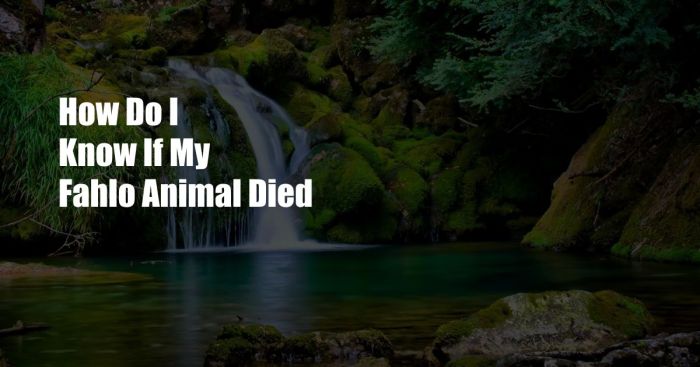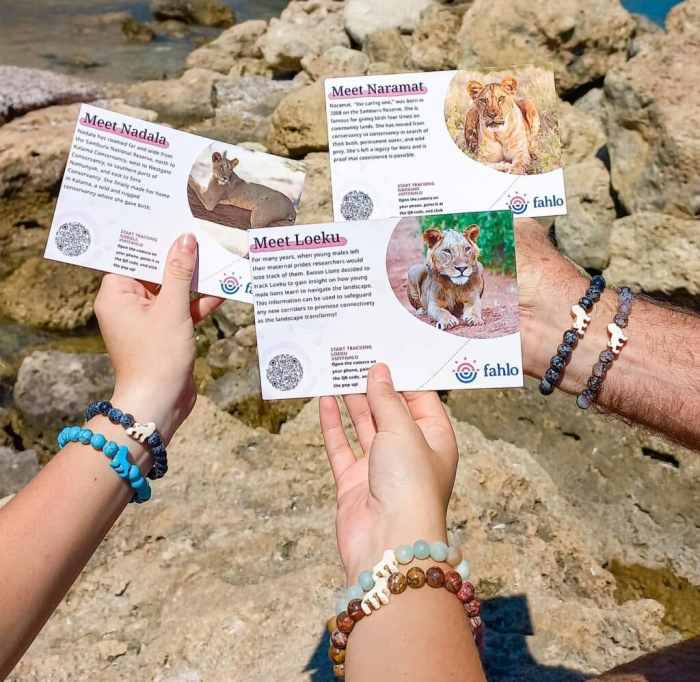Fahlo what if animal dies delves into the multifaceted realm of animal death, exploring the intricate tapestry of causes, impacts, and cultural perspectives that surround this inevitable aspect of life.
From the harsh realities of the wild to the influence of human intervention, this narrative unveils the profound significance of animal mortality, shedding light on its ecological consequences and the ethical considerations it raises.
Human Intervention

Human activities have a significant impact on animal mortality rates. Hunting, habitat destruction, and pollution pose serious threats to wildlife populations.
Hunting for food, sport, or fur has led to the decline of numerous species. Overhunting has pushed some species to the brink of extinction, such as the African elephant and the Sumatran tiger.
Habitat Destruction
Habitat destruction is another major cause of animal deaths. As human populations grow and expand, they encroach on natural habitats, fragmenting them and making it difficult for animals to find food, shelter, and mates. Deforestation, urbanization, and agricultural expansion are all significant contributors to habitat loss.
Pollution
Pollution can also have devastating effects on wildlife. Industrial chemicals, pesticides, and other pollutants can accumulate in the environment, poisoning animals and disrupting their ecosystems. Oil spills, for example, can kill marine life and damage coastal habitats.
Case Studies
The following are case studies of endangered species facing threats due to human actions:
- African elephant:Hunting for ivory has decimated elephant populations across Africa. The species is now listed as endangered by the International Union for Conservation of Nature (IUCN).
- Sumatran tiger:Habitat loss due to deforestation and poaching has pushed the Sumatran tiger to the brink of extinction. The species is now listed as critically endangered by the IUCN.
- Polar bear:Climate change is melting Arctic sea ice, which is the polar bear’s primary hunting ground. The species is now listed as vulnerable by the IUCN.
Cultural Perspectives: Fahlo What If Animal Dies

Animal death has held significant cultural and religious importance across various societies throughout history. Different cultures have developed unique beliefs, practices, and rituals surrounding the passing of animals, often influenced by spiritual, animistic, or totemic beliefs.
In many cultures, animals are revered as sacred beings or messengers from the divine. In ancient Egypt, for example, cats were considered sacred and were often mummified after death. In Hinduism, cows are considered holy and are not slaughtered for food.
In some Native American traditions, animals are seen as spirit guides or protectors, and their deaths are mourned with respect.
Religious Rituals and Ceremonies
Animals play an integral role in religious rituals and ceremonies worldwide. In some cultures, animals are sacrificed as offerings to gods or spirits. In others, they are used as symbols of purity, fertility, or strength. For example, in the Jewish tradition, a lamb is sacrificed during the Passover holiday as a symbol of liberation and renewal.
In some indigenous cultures, animals are believed to possess spiritual power and are used in healing rituals or ceremonies. In the Amazon rainforest, shamans often work with animal spirits to diagnose and treat illnesses.
Treatment of Animal Remains, Fahlo what if animal dies
The treatment of animal remains varies widely across cultures. In some societies, animals are buried or cremated with respect, similar to humans. In other cultures, animal remains are discarded or used for practical purposes, such as food or clothing. In some indigenous communities, animal bones are used to make tools or ornaments.
The way a culture treats animal remains often reflects its beliefs about the afterlife and the relationship between humans and animals. In some cultures, it is believed that animals have souls that continue to exist after death, while in others, they are seen as simply physical beings that cease to exist upon passing.
Conclusion

The exploration of fahlo what if animal dies culminates in a deeper understanding of the delicate balance of nature, the interconnectedness of all living beings, and the profound impact that animal death has on our world. It invites us to reflect on our own mortality and the enduring legacy we leave behind.
FAQ Insights
What are the primary causes of animal death in the wild?
Predation, disease, starvation, accidents, and environmental factors.
How do human activities contribute to animal mortality?
Hunting, habitat destruction, pollution, and climate change.
What is the concept of a keystone species?
A species that plays a disproportionately large role in maintaining the structure and function of an ecosystem.